Automatic Seedling Seeder Setup for Large-Scale Farming
2025-08-21 16:14:16
Powering Modern Farming with Automatic Seedling Seeder
For today’s large-scale farms, planting efficiency is no longer optional — it is essential. One innovation helping growers achieve precision and reduce labor dependency is the automatic seedling seeder. Designed to streamline sowing and transplanting, this equipment ensures each seed is placed accurately, improving germination rates and field uniformity. To harness its full potential, correct setup and operation are critical.
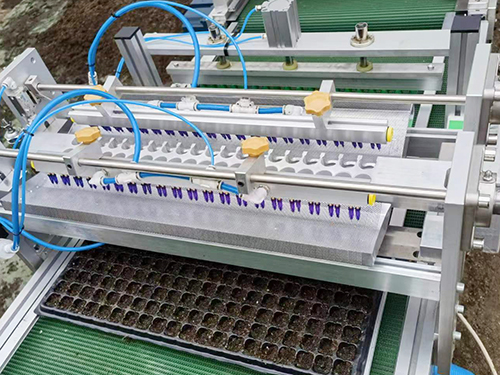
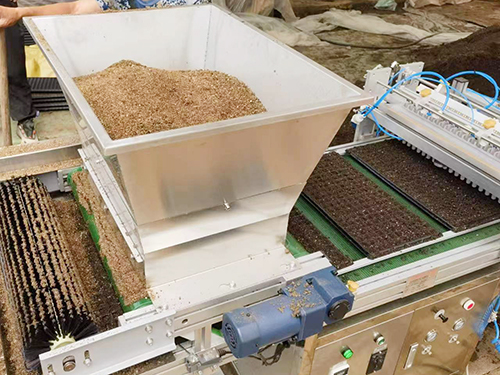
What an Automatic Seedling Seeder Does
At its core, an automatic seedling seeder automates what used to be one of the most time-consuming tasks: placing seeds or seedlings into trays or fields. Unlike manual methods, it reduces waste and guarantees consistent spacing. This consistency directly impacts yield quality, as crops can grow without competing excessively for light, water, or nutrients.
Typical functions include:
·Regulating planting depth.
·Adjusting row and seed spacing.
·Automated tray movement or field delivery.
·User-friendly digital or mechanical controls.
Step 1: Preparing for Operation
Before running the machine, ensure the seeder is properly prepared. Clean all hoppers, trays, and dispensing parts to prevent seed blockage. Inspect moving components for wear, and apply lubrication where needed. Calibrate the system so that it matches the seed type and desired planting pattern — this ensures accuracy from the start and avoids costly mistakes later.
Step 2: Calibrating for Different Crops
Seeds vary widely in size and requirements. A lettuce seed cannot be treated the same way as a corn kernel. The automatic seedling seeder allows farmers to adjust depth, row spacing, and seed flow. By tailoring these parameters to each crop, farmers improve germination and avoid waste, ensuring resources like water and fertilizer are used more effectively.
Step 3: Conducting a Trial Run
Before planting across an entire field, a trial run is vital. Test a small batch to verify that seeds are distributed evenly, without clogs or gaps. Pay attention to alignment and spacing. A short trial allows for fine-tuning before scaling up, ensuring the system runs smoothly during mass planting.
Step 4: Maintaining Consistency on a Large Scale
In high-volume farming, uniformity is key. An automatic seedling seeder helps eliminate inconsistencies caused by manual labor. To keep results consistent:
Monitor hopper levels to avoid empty runs.
Adjust machine speed for a balance between speed and precision.
Inspect seeding rows regularly during operation.
Such checks maintain precision throughout large planting sessions.
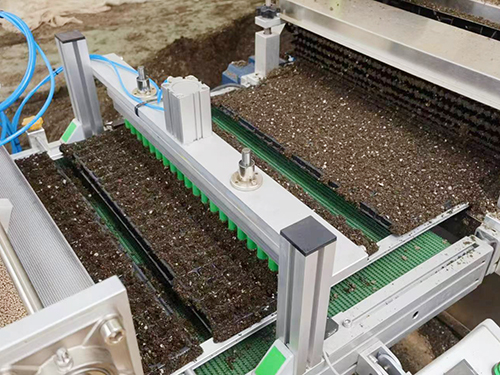
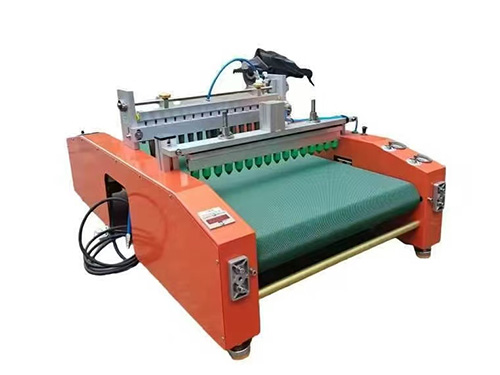
Benefits of Using Automatic Seedling Seeder in Large-Scale Farming
Adopting an automatic seedling seeder offers multiple advantages:
1.Reduced Labor Demands – Eliminates hours of manual sowing.
2.Time Efficiency – Covers large plots faster than traditional methods.
3.Resource Optimization – Minimizes seed loss and maximizes soil use.
4.Higher Crop Uniformity – Promotes healthy, evenly developed plants.
5.Adaptability – Works across various farm sizes and crop categories.
Maintenance Tips for Long-Term Use
Consistent care ensures durability. After each use, clear out residue from seed trays and clean dispensing nozzles. Inspect gears, belts, and sensors for wear. Store the machine in a dry, sheltered area to avoid moisture damage. Preventive maintenance keeps the automatic seedling seeder running reliably season after season.
Mistakes Farmers Should Avoid
Even with advanced machinery, poor setup can reduce efficiency. Common errors include:
·Skipping calibration steps.
·Overloading the seed hopper.
·Ignoring test runs.
·Failing to clean or maintain parts.
Avoiding these pitfalls ensures smooth operation and maximum return on investment.
Conclusion: A Smarter Approach to Planting
The automatic seedling seeder is not just equipment — it is an essential tool for scaling up agricultural productivity. From preparation and calibration to regular maintenance, proper setup ensures consistent planting results, reduced costs, and improved yields.
For large-scale farms aiming to stay competitive and sustainable, investing time in the correct setup of an automatic seedling seeder will pay dividends for many growing seasons.
Bottom line: A well-prepared automatic seedling seeder transforms large-scale farming into a more efficient, precise, and profitable operation.
References
GB/T 7714:Kumar R, Govil A, Daga P, et al. Design of automatic seed sowing Machine for agriculture sector[J]. Materials Today: Proceedings, 2022, 63: 341-346.
MLA:Kumar, Ratnesh, et al. "Design of automatic seed sowing Machine for agriculture sector." Materials Today: Proceedings 63 (2022): 341-346.
APA:Kumar, R., Govil, A., Daga, P., Goel, S., & Dewangan, S. (2022). Design of automatic seed sowing Machine for agriculture sector. Materials Today: Proceedings, 63, 341-346.

The CNC Seed Braiding Machine is a high-precision, fully automated agricultural equipment s...
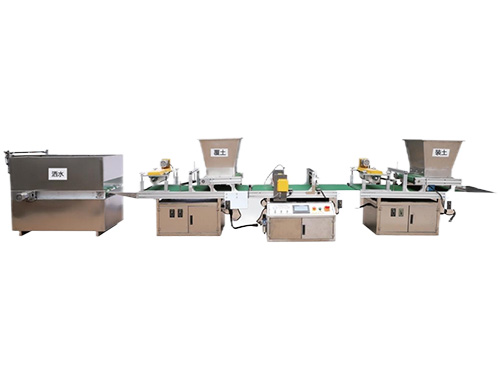
It adopts electrical integration and can be started by pressing the fully automatic button ...
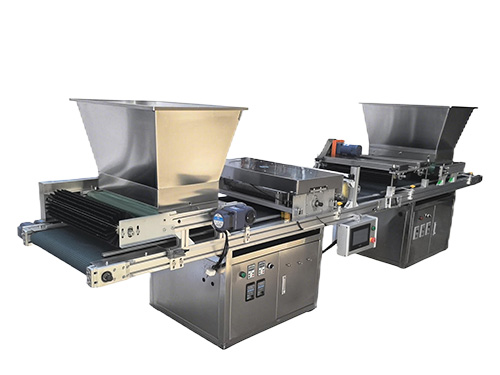
The XP750 seeder has stable performance, excellent product quality, simple and convenient o...
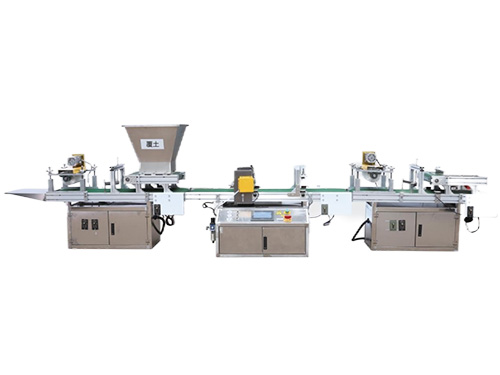
It adopts electrical integration and can be started by pressing the fully automatic button ...



